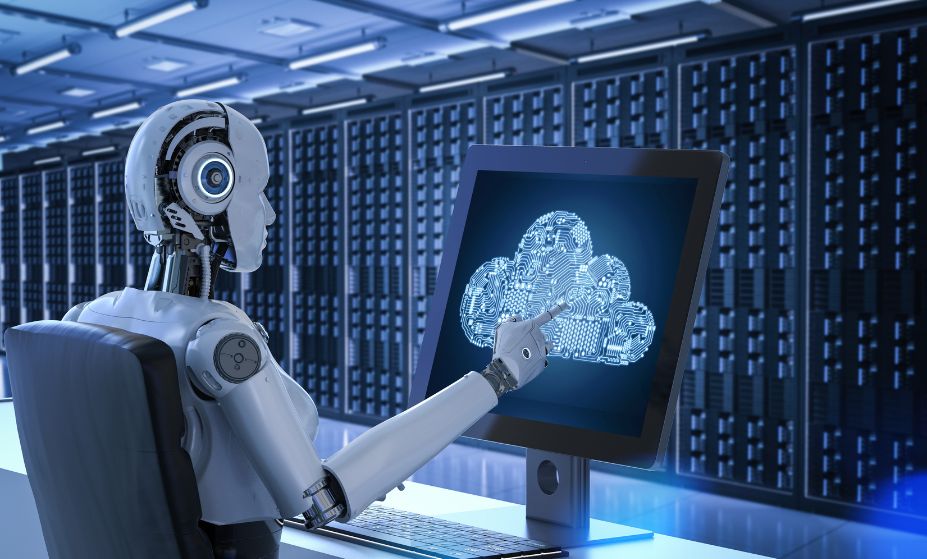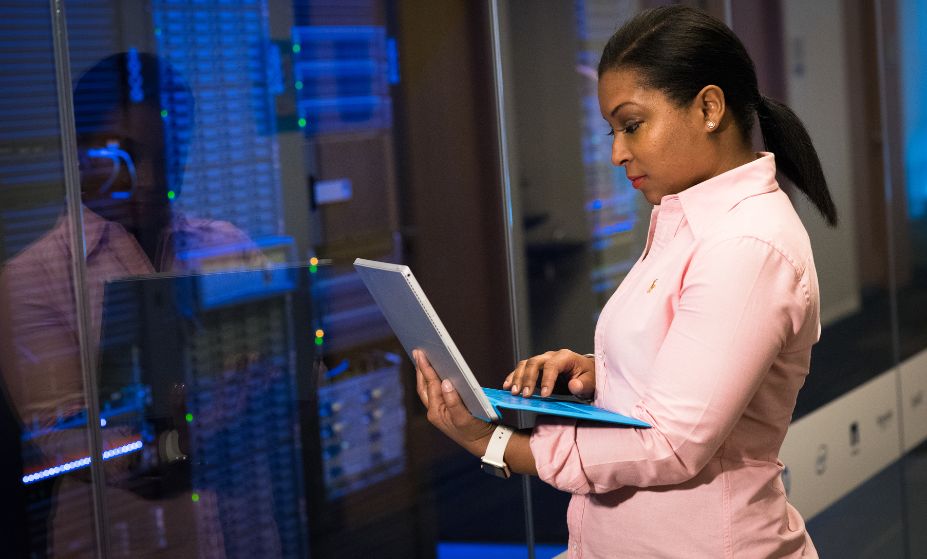As businesses continue to move their IT infrastructure to the cloud, the role of remote management and monitoring is becoming increasingly important. In this guide, we’ll explore the future of remote management and monitoring for dedicated server cloud migration and how it can help businesses navigate the process.
What is Cloud Migration?
Cloud migration is the process of moving IT infrastructure, including dedicated servers, from on-premises to a cloud-based environment. This can be done by migrating existing servers to a cloud provider, or by building new servers in the cloud.
Why is Remote Management and Monitoring Important for Cloud Migration?
Remote management and monitoring can play a crucial role in ensuring a smooth and successful cloud migration for dedicated servers. Here are a few examples of how remote management and monitoring can benefit cloud migration:
- Remotely monitor migration progress: Remote monitoring allows businesses to keep an eye on the progress of the migration, ensuring that everything is on track.
- Remotely access and manage servers: Remote management allows businesses to access and manage servers in the cloud, even if they are not physically on-site.
- Remotely configure cloud resources: Remote management also allows businesses to configure cloud resources such as storage and bandwidth, ensuring that the system is properly set up and optimized.
How to Implement Remote Management and Monitoring for Cloud Migration
There are several ways to implement remote management and monitoring for cloud migration. Here are a few common methods:
- Remote management software: Remote management software can provide the ability to monitor migration progress, access and manage servers, and configure cloud resources.
- Cloud-based management platforms: Cloud-based management platforms can provide real-time monitoring, access to servers, and the ability to configure cloud resources from a remote location.
- Managed service providers: Managed service providers can also provide remote management and monitoring capabilities for cloud migration. This can be a good option for businesses that do not have the resources or expertise to manage the migration on their own.
The Future of Remote Management and Monitoring for Cloud Migration
The future of remote management and monitoring for cloud migration is likely to see further integration with Artificial Intelligence, Machine Learning, and automation technologies. This will enable better monitoring, troubleshooting, and prediction of issues, reducing human intervention and speeding up the process of migration. Additionally, more sophisticated security features will be integrated into remote management and monitoring tools to ensure the security of the data and applications being migrated.
Conclusion
Remote management and monitoring can play a crucial role in ensuring a smooth and successful cloud migration for dedicated servers. By providing real-time monitoring, access to servers, and the ability to configure cloud resources, remote management and monitoring can help businesses navigate the cloud migration process. There are several methods available for implementing remote management and monitoring, including remote management software, cloud-based management platforms, and managed service providers. The future of remote management and monitoring is likely to see further integration with AI and automation technologies, improving the process and security of cloud migration.


